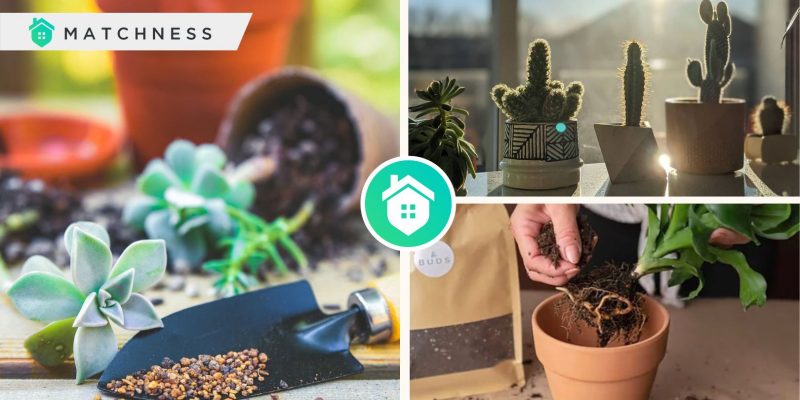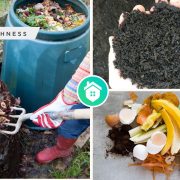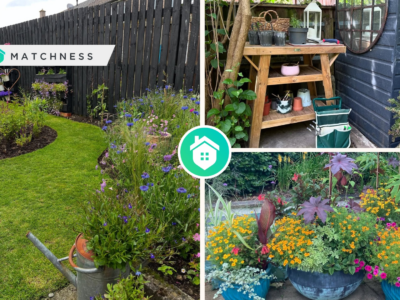Succulents are popular plants known for their low-maintenance nature and striking appearance. With their thick, fleshy leaves and variety of shapes and sizes, they can thrive both indoors and outdoors. By following these care tips, you can enjoy the beauty and resilience of succulents in your home or garden. Remember, the key to thriving succulents is striking the right balance between light, water, and care.
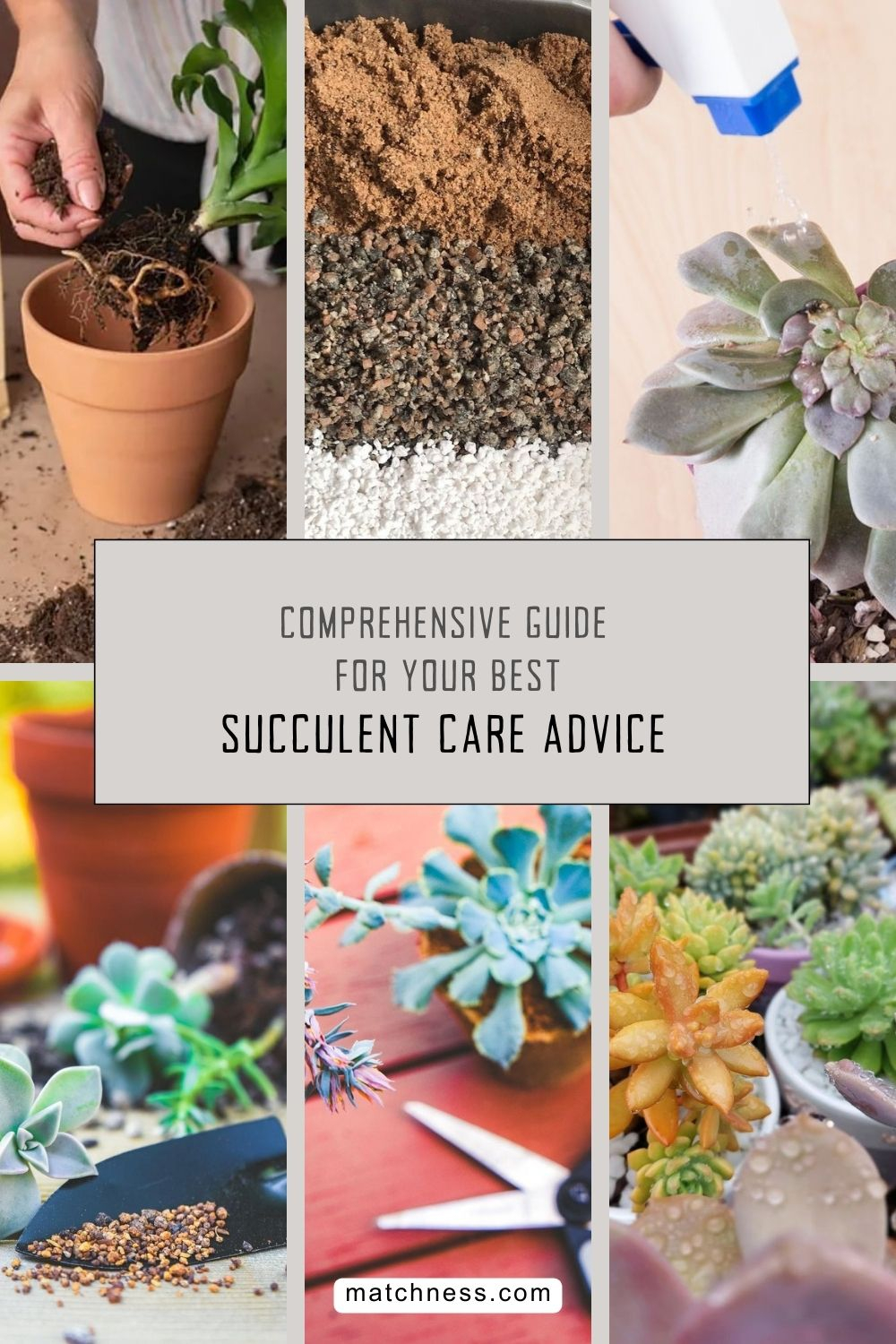
Here’s a detailed guide on how to care for succulents to ensure they stay healthy and vibrant.
Choosing the Right Succulent
There are some popular succulent varieties include Aloe Vera, Echeveria, Sedum, and Haworthia. Ensure the chosen succulents are suited to your local climate, particularly if they will be grown outdoors.

The succulent is surely varied. You can see it here where it is not only the kinds but also the color, the size, and the shape. Choose the ones based on your taste and house condition. Succulent from @plant_ing_joys
Planting Succulents
We recommend you use well-draining soil, such as a cactus mix or a combination of regular potting soil with sand or perlite. You can also choose pots with drainage holes to prevent water from sitting at the bottom and causing root rot.
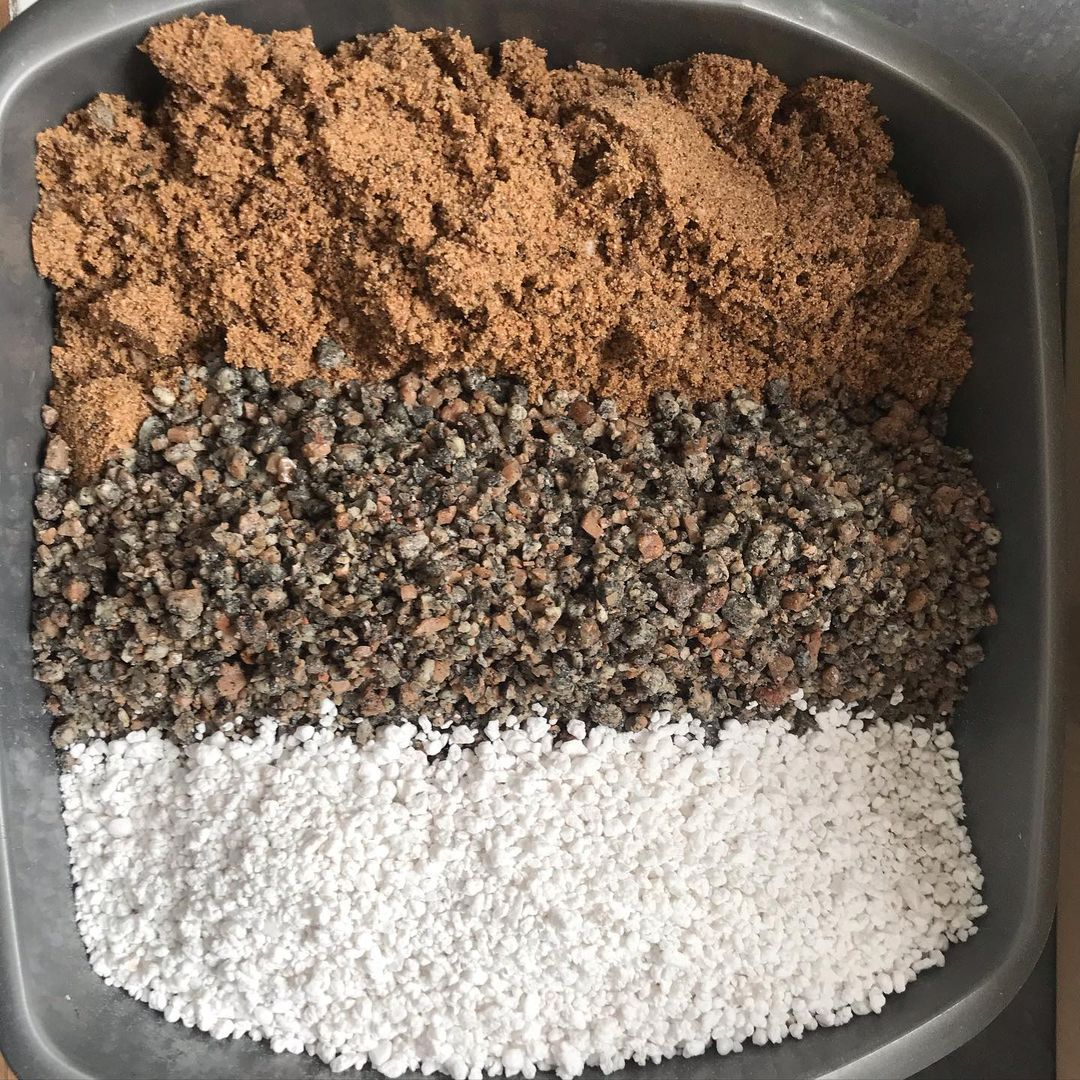
You can purchase the ready-to-use soil. But, you can also do a mix by yourself. This one is 40% succulent soil, 20% sand, 20% grit, and 20% perlit. Succulent Soil from @succulents_adventures
Watering Succulents
Water only when the soil is completely dry. Overwatering is the most common mistake leading to succulent death. You can water the base of the plant directly or simply spray the leaves just based on the needs and the kinds of the succulents that you have. Ensure excess water can drain out of the pot.
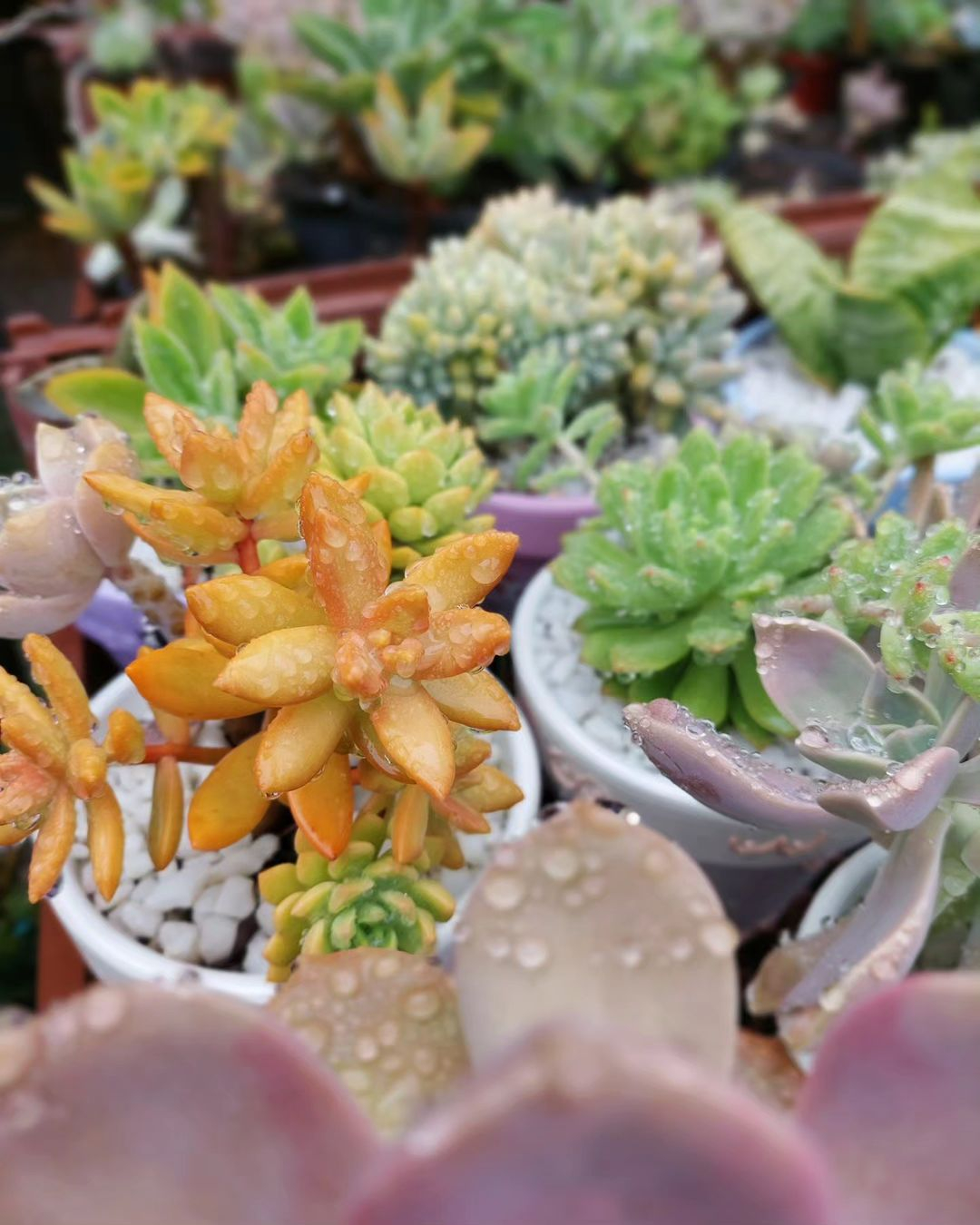
You will need the sprayer to water the succulent. One is for the sprayer that can spray widely and the other one is for the sprayer with focused spot spray. Succulent Watering from @ellesbalconygarden
Lighting Requirements
Place succulents in a bright, sunny spot, preferably where they can get 6-8 hours of indirect sunlight daily. Gradually acclimate succulents to full sunlight to prevent sunburn. Partial shade might be necessary in extremely hot climates.
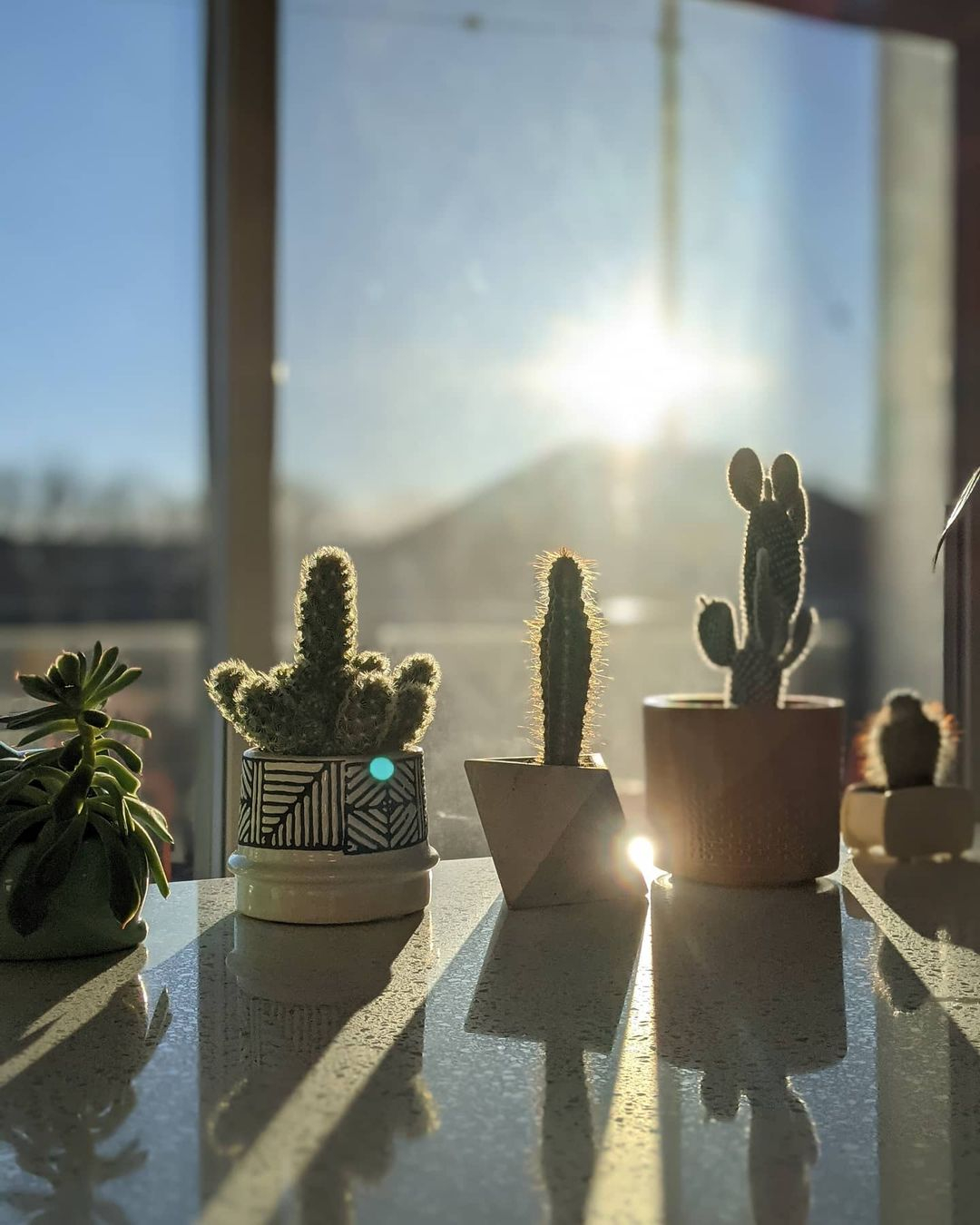
This one is an example of indoor succulents that are placed in a spot that is exposed to the sunlight. It is great because you don’t need to move the succulent just to have the sunlight. Succulent Lighting from @midmodcass
Temperature and Humidity
Most succulents prefer temperatures between 60-80°F (15-27°C). Protect them from frost and extreme heat. Succulents thrive in low-humidity environments. Ensure good air circulation to prevent mold and mildew.

It is important to have a thermometer for the succulent if you want to make sure that your succulent is growing well. You can purchase them and make sure that everything is in good temperature. Succulent Temperature from @longstonegarden
Feeding and Fertilizing
Use a balanced, water-soluble fertilizer diluted to half-strength during the growing season (spring and summer). Fertilize once a month. Avoid fertilizing in the dormant period (fall and winter).
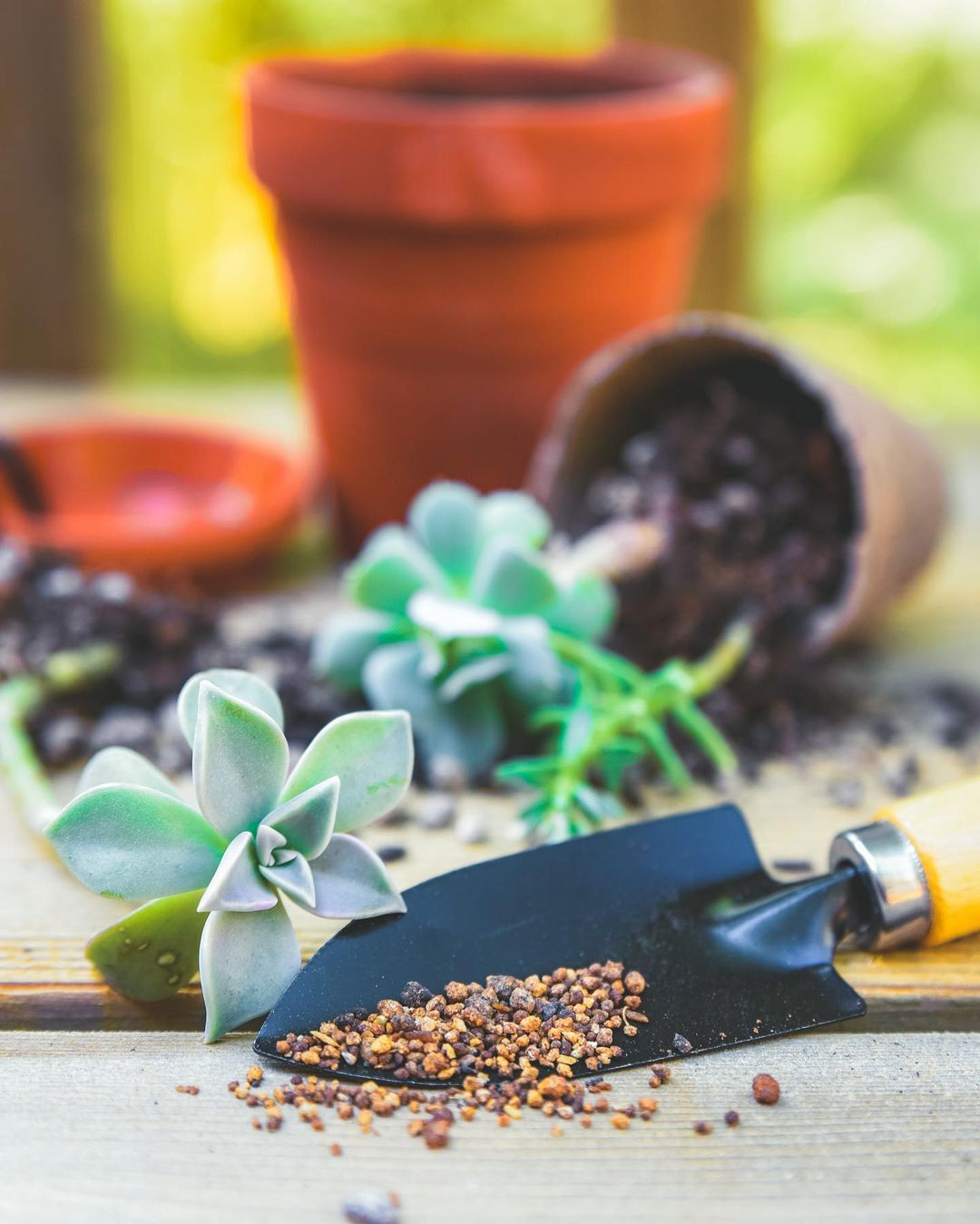
The fertilizer comes in many types and this one is an example. You may have the spray liquid or the flakes like this. The point is that you should add the fertilizer at the right time. Succulent Fertilizer from @sucstu
Pruning and Propagation
Remove dead or damaged leaves to encourage new growth and maintain the plant’s appearance. Propagate succulents through leaf cuttings or offsets. Allow cuttings to callus before planting them in soil.

The succulent blooming can obstruct the growth of the succulent. In case you love the flower, you let it stay but make sure to cut it when it is already withered. Succulent Pruning from @sucstu
Pest Control
Watch out for mealybugs, aphids, and spider mites. Use neem oil or insecticidal soap to treat infestations. Isolate-affected plants to prevent the spread of pests.

You can spray the liquid directly on the leaves like this. After you spray the succulent, you can isolate it and put it back in its spot when the pest is already gone. Succulent Pest Control from @succulentsandsunshine
Repotting Succulents
Repot the succulents every 1-2 years to refresh the soil and accommodate growth. Gently remove the plant, shake off the old soil, and place it in a new pot with fresh soil.
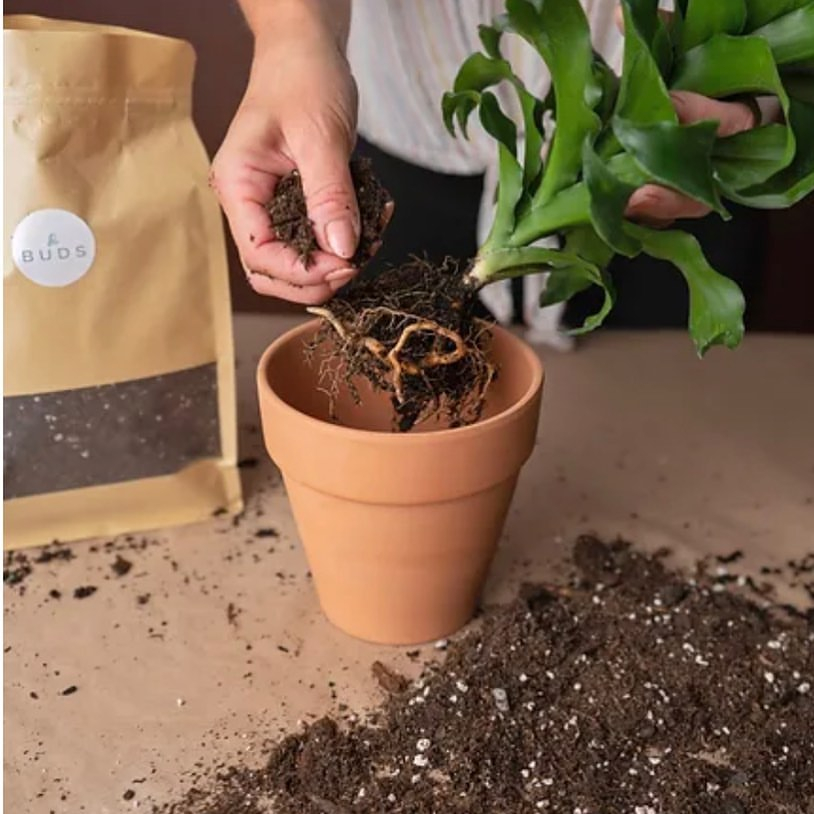
Repoting is not only about changing the pot into the bigger one but also the smaller one. It is based on the plant’s needs. You should know that a too big pot can obstruct the growth of the plant too. Repotting Succulent from @budsplantboutique


